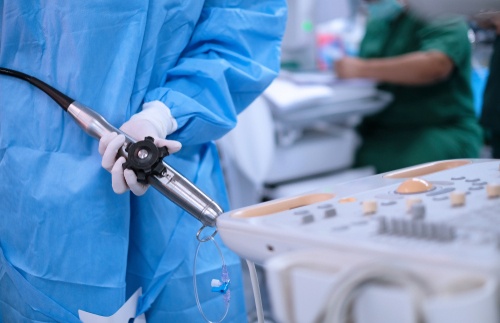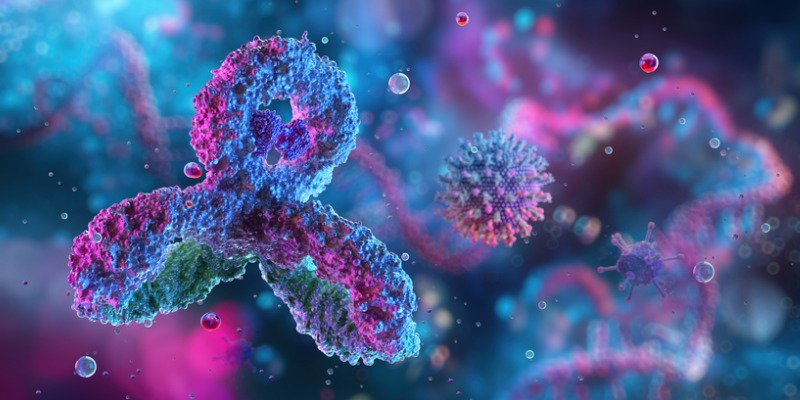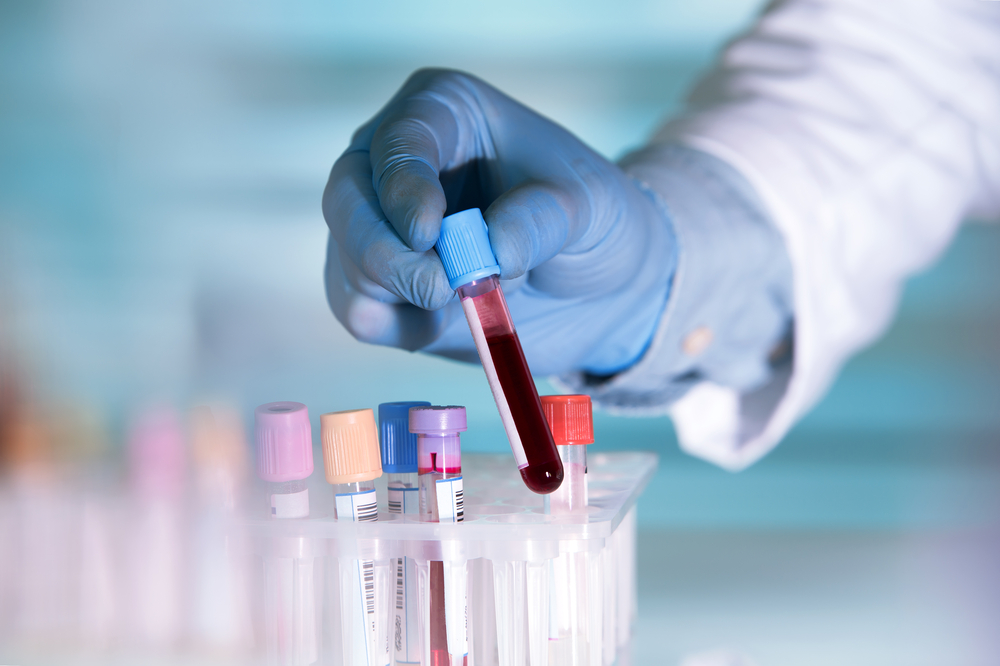
A recent study adds to the data available on long-term cardiovascular health for patients with Fanconi anemia following hematopoietic stem cell transplant (HSCT). Its findings were presented at the 2025 Tandem Transplantation & Cellular Therapy Meetings of the ASTCT and CIBMTR in Honolulu, Hawai’i.
The prospective single-institution study was conducted by researchers from the University of Minnesota, Minneapolis. Among its findings the research team highlighted that the carotid arteries in patients with Fanconi anemia have increased structural thickening and stiffness.
“As increased arterial stiffness is associated with structural and functional vascular damage and development of cardiovascular disease and end organ damage, life-long monitoring is required,” wrote lead author Meera Srikanthan, MD, and colleagues.
Forty-nine patients with Fanconi anemia, with a median age of 13 years, were enrolled for the study and matched to healthy control participants. Ultrasound imaging of the patients’ carotid arteries was performed to evaluate the arteries for functional changes. Forty-three patients in the cohort had undergone HSCT, with a median time of six years from HSCT to carotid ultrasound, and thirty-two of these patients had undergone total body irradiation (TBI).
The researchers found patients in the Fanconi anemia group had a median carotid intima media thickness value of 0.56 mm versus 0.43 mm in the healthy control group (P<.01). Carotid arteries in the Fanconi anemia group had a median vessel compliance of 0.11 mm2/mm Hg versus 0.15 mm2/mm Hg in the healthy control group (P<.01). The median vessel distensibility of carotid arteries in the Fanconi anemia group was 12.1% versus 12.8% in the healthy control group (P=.01).
The two groups were comparable in their systolic and diastolic blood pressure results. No patients with Fanconi anemia were found to have left ventricular hypertrophy on echocardiogram.
In their analysis, the researchers determined in the Fanconi anemia group that neither HSCT nor TBI were associated with changes in patients’ carotid artery measurements. They also detected no link in these patients between carotid ultrasonography variables and growth hormone deficiency, insulin resistance, or fasting lipid levels. Bivariate analysis revealed, however, that older patient age was associated with decreased vessel elasticity in the Fanconi anemia group but not in the healthy control group.
“Considering the potential benefits of statins on arterial stiffness in non-FA [non-Fanconi anemia] populations, future studies will evaluate the effect of statins on the natural history of arterial stiffness in this patient population,” commented Dr. Srikanthan and colleagues.
Reference
Srikanthan M, Dengel DR, Evanoff NG, et al. Increased cardiovascular risk in Fanconi anemia patients after hematopoietic cell transplantation. Abstract #56. Presented at the Transplantation & Cellular Therapy Meetings of ASTCT and CIBMTR; February 12-15, 2025; Honolulu, Hawai’i.







 © 2025 Mashup Media, LLC, a Formedics Property. All Rights Reserved.
© 2025 Mashup Media, LLC, a Formedics Property. All Rights Reserved.